By YesPlz AI
by Jess Erdman, Content Marketing LeadJuly 2023

Ecommerce product discovery is, simply put, the process of finding products to buy online. But, for most retailers, creating the best discovery experience is anything but simple.
From product recommendations to search, retailers must be aware of and balance a variety of factors to ensure they are providing the best possible experience for their shoppers.
A recent report found that 85% of online shoppers are frustrated by the experience.
From high bounce rates to low conversions, poor eCommerce discovery creates frustration among shoppers.
In this article, we’ll go over how to fix it–by looking at two common user journeys in eCommerce discovery, and using AI to create a frictionless shopping experience for each.
To better understand the different types of users, we created 2 different user journeys through eCommerce product discovery. Both journeys are easily optimized using fashion AI, leading to higher engagement time and higher basket values.
User 1: Madeline, the Determined Fashionista
Madeline is a fashionista who knows what she wants and is looking for it quickly. She is familiar with her favorite brands, the newest styles, and trends. When she lands on the eCommerce site, she already has specific product styles in mind, like a flowy silhouette or a bright print. She also knows what kind of silhouettes are flattering to her, and which silhouettes she can skip.
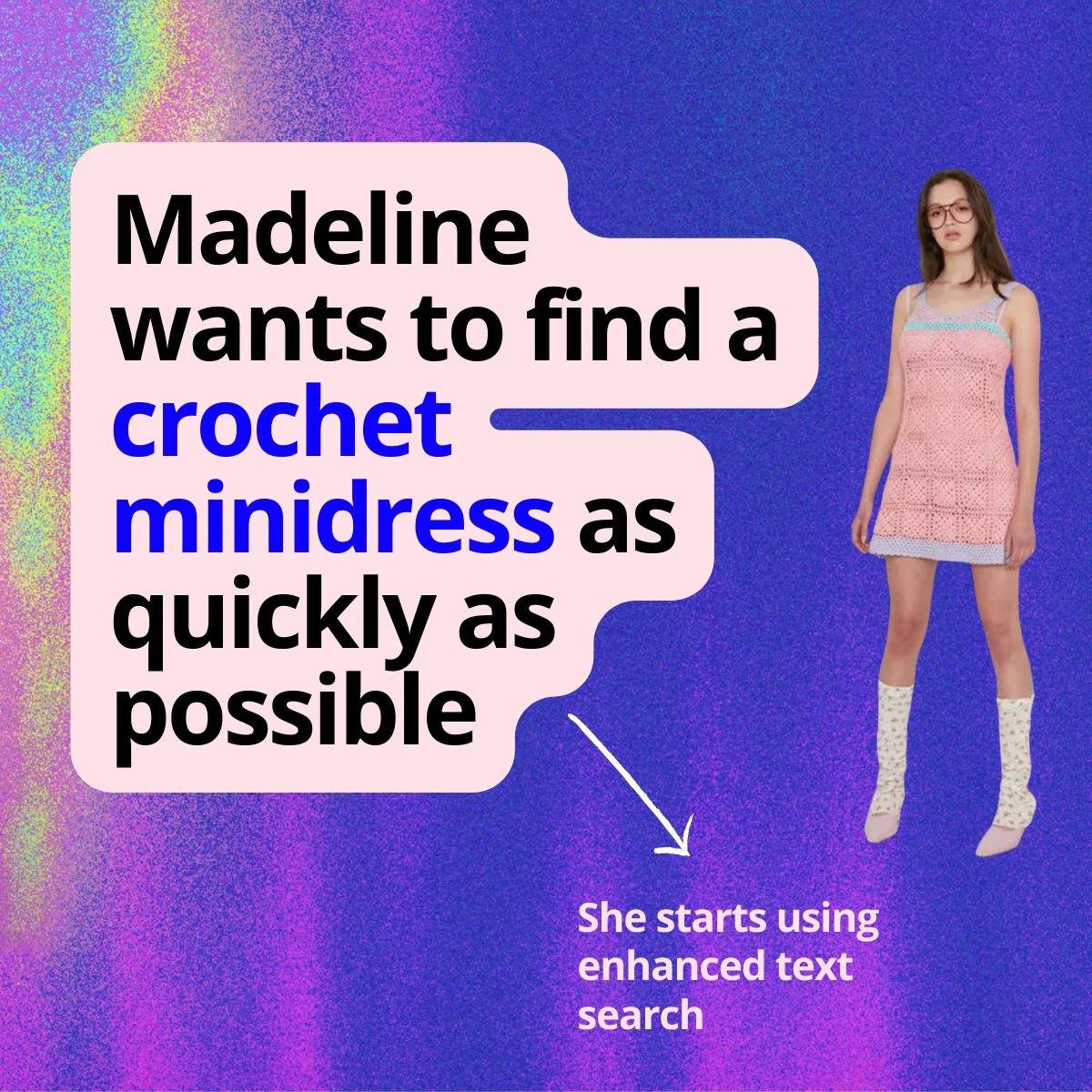
Discovery journey: She first uses the search bar to search for keywords.
Discovery goal: To find what she’s looking for, quickly and efficiently
Problem: Non-optimized search requires re-entering keywords repeatedly to get exact matches, and restarting the search from scratch. Too many dead-ends and too many irrelevant results.
How AI Can Optimize Madeline’s Journey:
1- Make text search faster
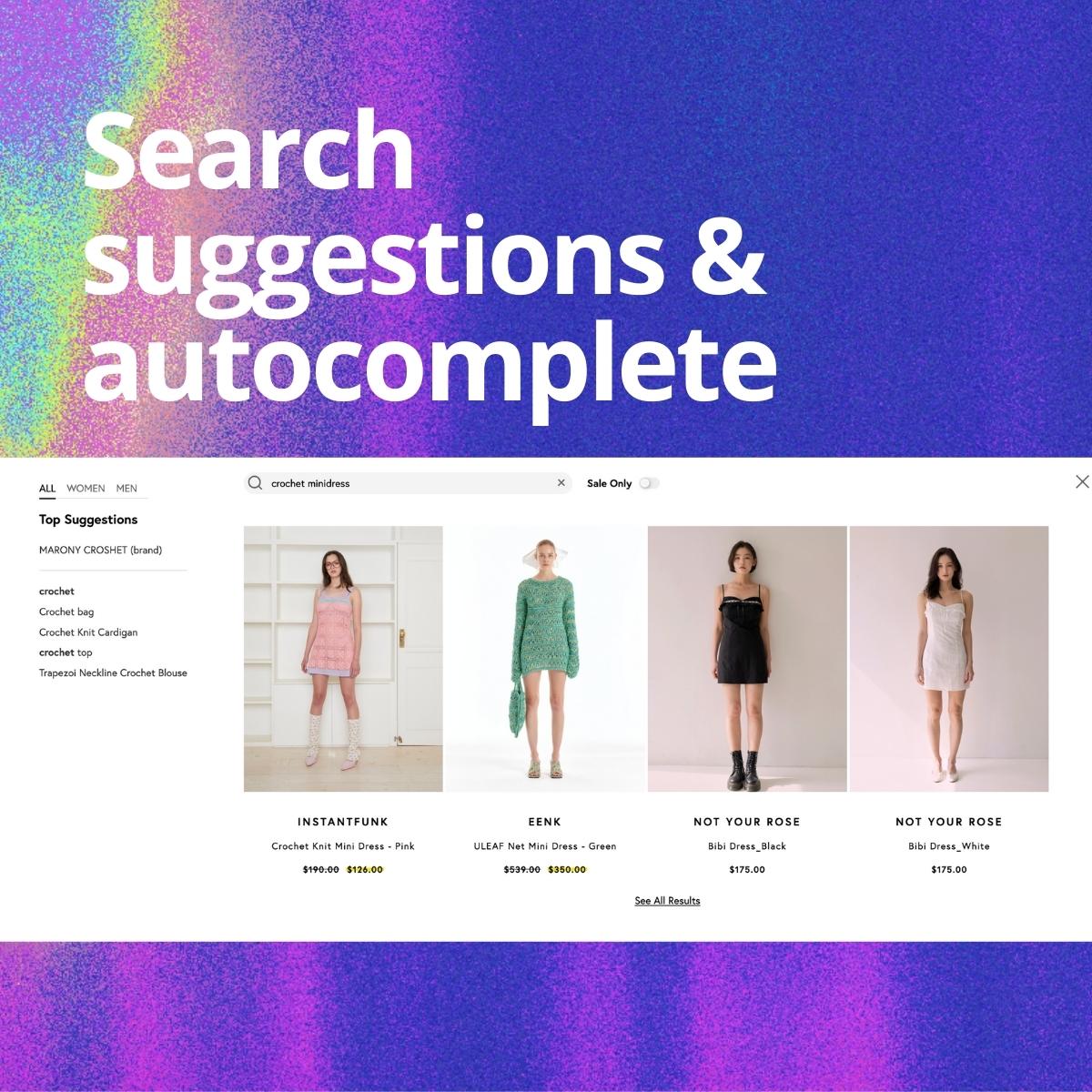
With auto-populated trending keywords, search suggestions, and auto-complete, Madeline can get relevant ideas all while making text search faster and more robust.
2- Create more descriptive product detail pages
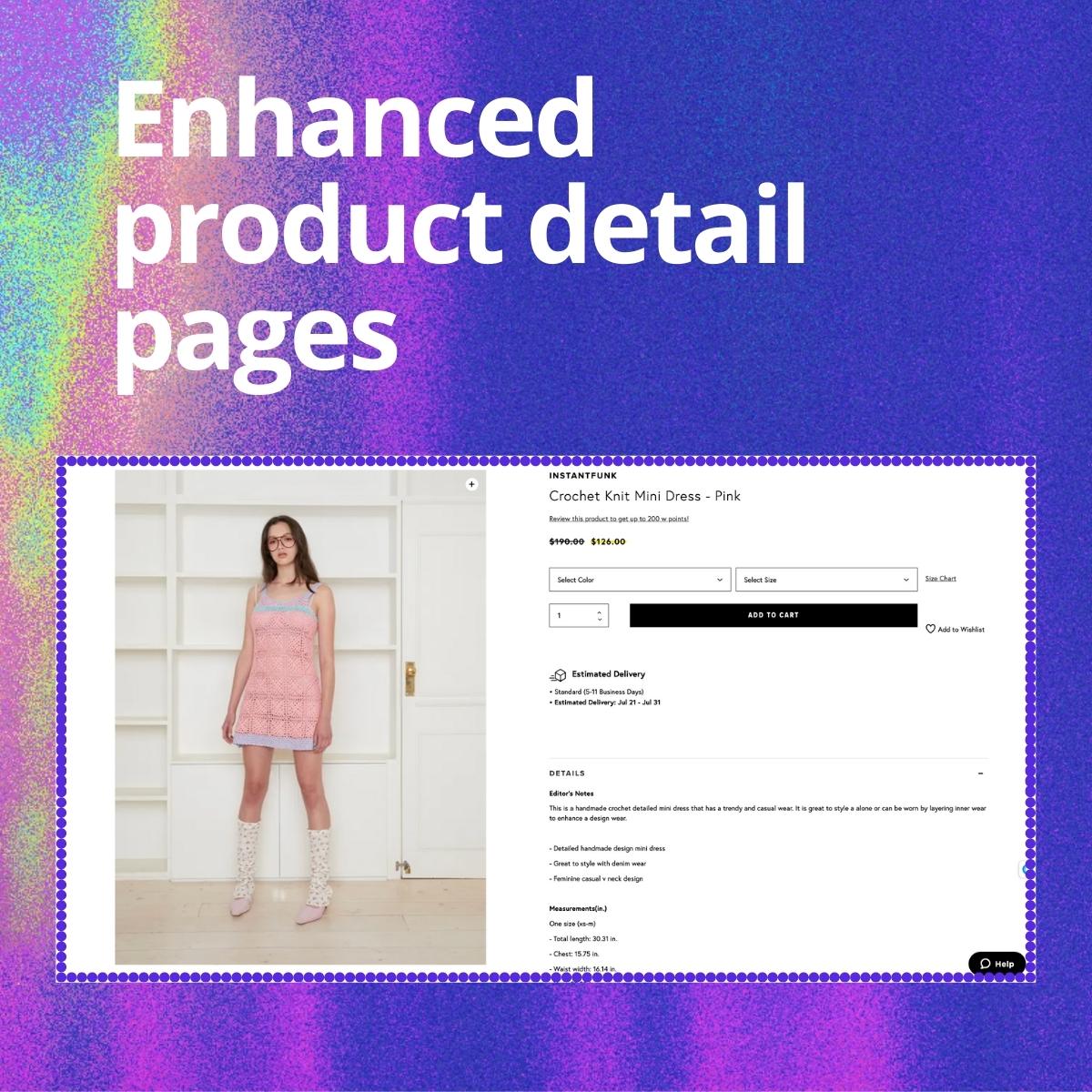
As a fashionista, Madeline values the details of a product–she wants to know more about the material, style, and other product attributes. With AI tagging, retailers can generate better, more robust product detail pages using metadata.
3- Fashion-forward product recommendations

As a fashionista, Madeline values product recommendations that understand style, and aren’t simply the same product in different colors. With AI-powered recommendation systems, Madeline can see recommendations that tap into why she liked a product in the first place, that show off a specific unique attribute or brand style.
4- Virtual Closet Curation
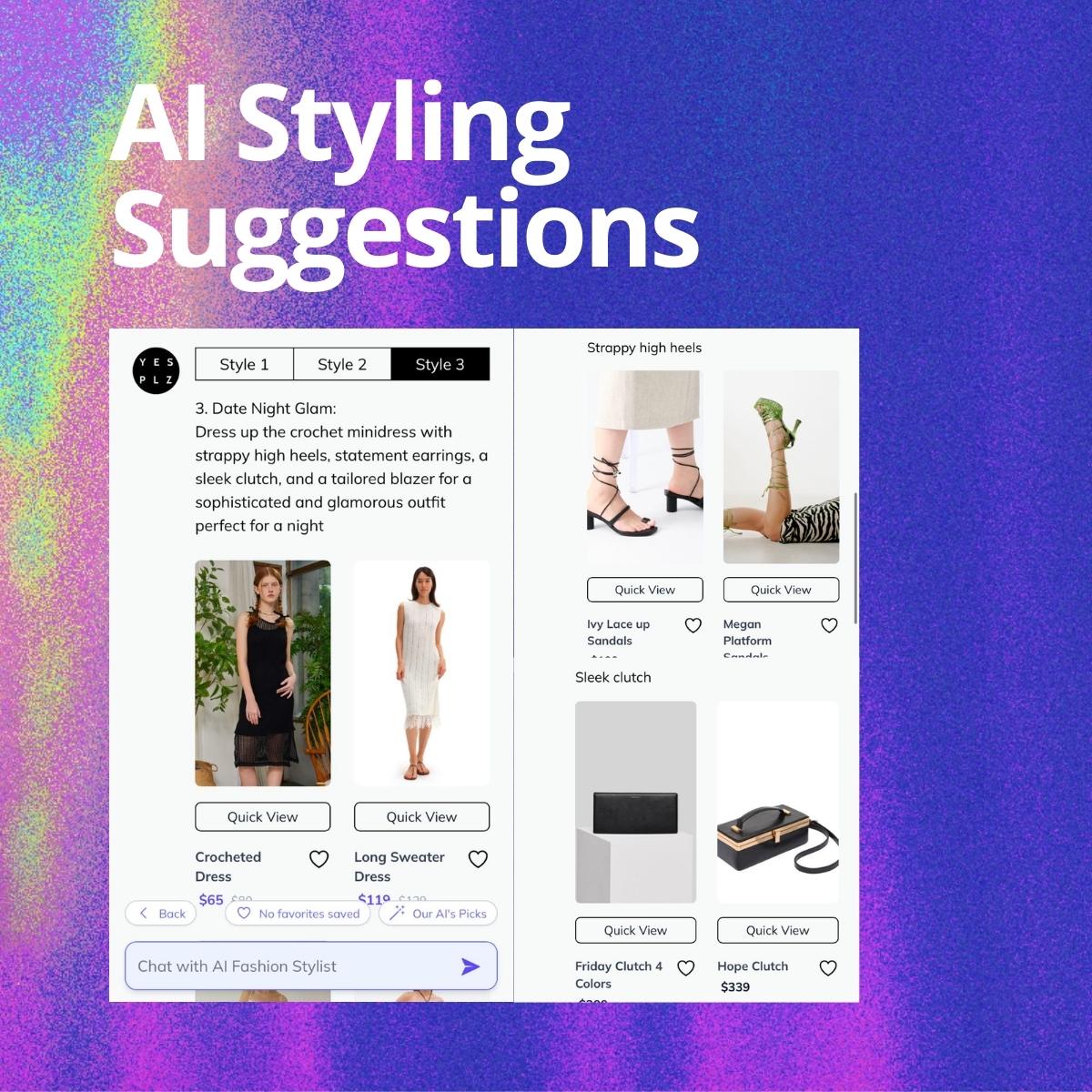
AI can infer the common product attributes that a shopper likes or purchases, creating a dynamic product offering. A shopper like Madeline can feel like she has her own personal, virtual closet curated just for her.
5-Fashion Quizzes to Further Discover Style
AI can also be used to further personalize Madeline’s shopping experience, with fun fashion quizzes. For example, YesPlz recently created the “Discovery of Taste” quiz for The Handsome, a leading retailer in Korea, where shoppers can swipe, Tinder-style to unlock their preferred fashion styles.
Bonus: ChatGPT Fashion Stylist:
YesPlz offers a pop-up, integrated AI Stylist for shoppers to get even more style suggestions and ideas. It can be used at any point in discovery. A shopper like Madeline could use the stylist to get specific, trending product recommendations to either start her journey or further refine product recommendations
User 2: Paul, the Price-Conscious, Open-Minded Explorer
Paul is price-conscious, but open-minded to exploring different products. With a general category in mind, he doesn’t know the ins-and-outs of specific brands or fits, but rather, is open to learning more.
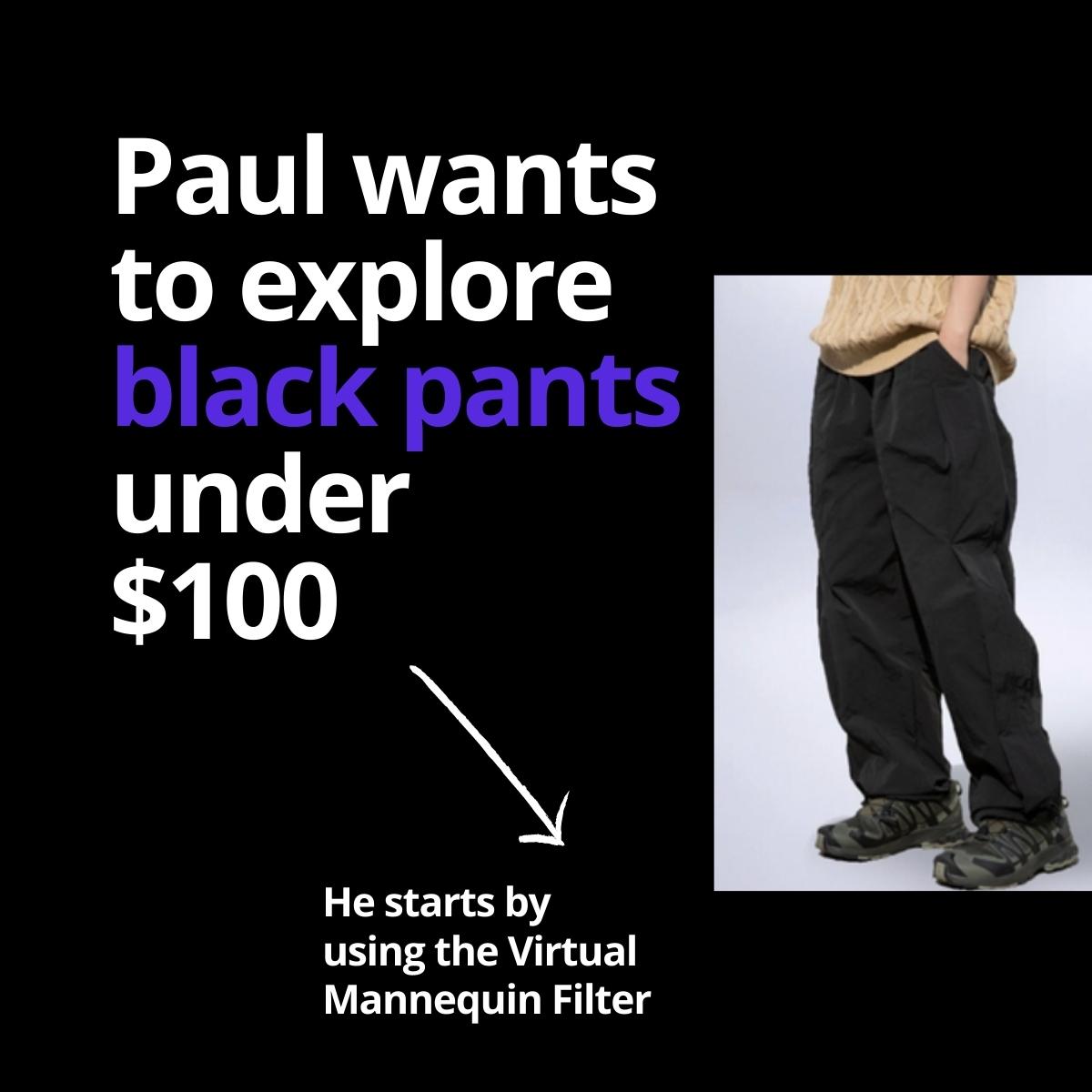
However, Paul isn't up-to-date on the latest trends and fashion terms, so he is often confused and stuck when it comes to using text search. But, filters also confuse him–there are too many options and he doesn't know which ones to choose.
With a few ideas of silhouettes that look good on him, he isn’t confident in knowing what suits him best.
Discovery journey: Paul clicks on category, then filters based on price restriction (he doesn’t want to spend more than $100) and uses simple filters like color.
Discovery goal: He wants to explore products within a category, but still be able to apply his personal preferences like price.
Problem: Traditional filters are hard to navigate, with long lists of words and similar-sounding terminology that is confusing. And, there’s the chance that Paul might miss out on the perfect pair of jeans if he doesn’t know what they’re called.
How AI Can Optimize Paul’s Discovery Journey
Paul is open to discovering within a product category, but traditional discovery leaves him with dead-end, uninspired product exploration. With an AI-optimized discovery journey, Paul can discover new products, even if he doesn’t know exactly what he wants.
1- AI tagging creates the foundation for smart product filters
AI tagging, powered by computer vision, creates an efficient and consistent way to pull product attributes and create smart product filters. When product filters use AI tags, they’re accurate, consistent, and easy to understand.
2- The AI-powered Virtual Mannequin Filter eliminates the need for Paul to know complex fashion language
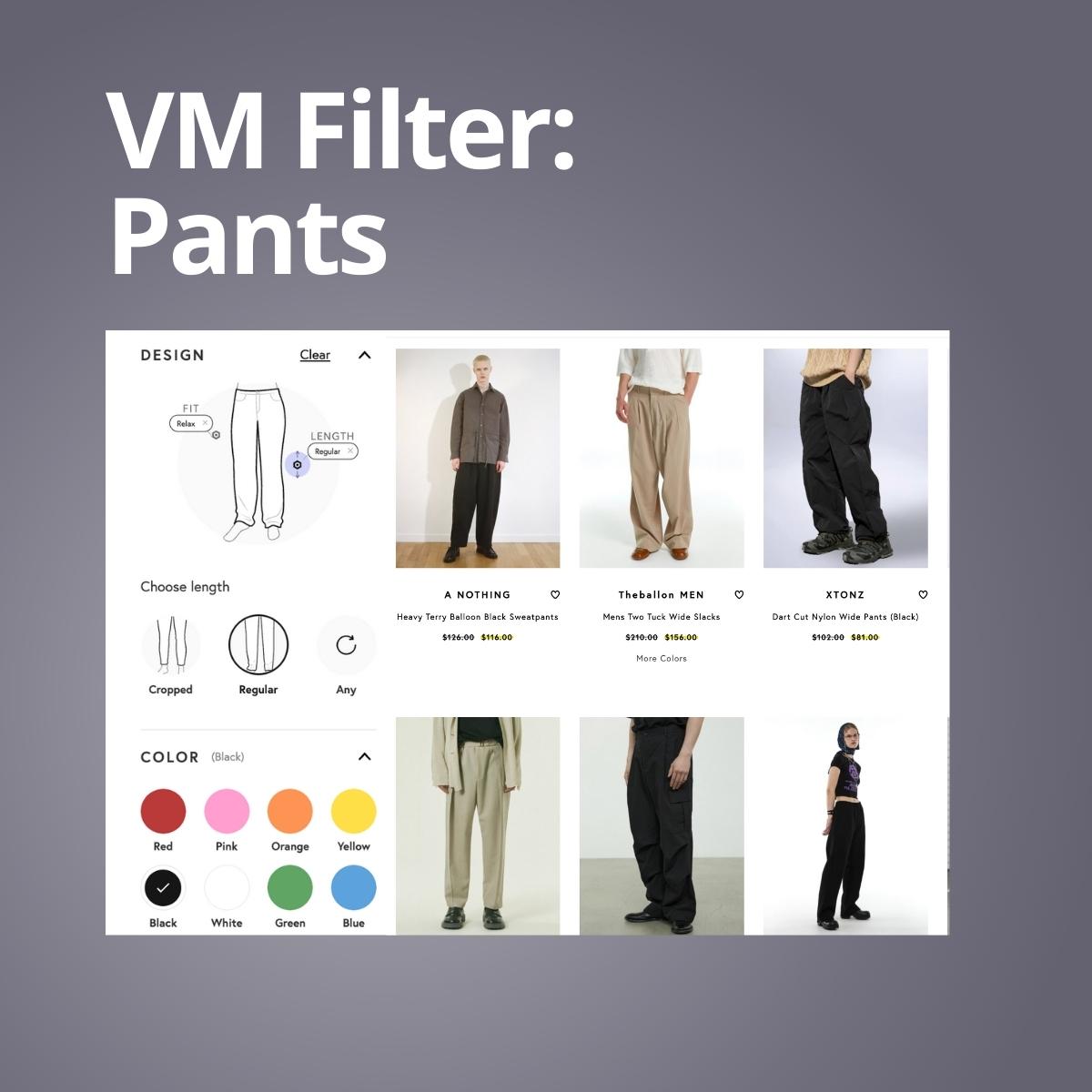
The Virtual Mannequin is the first-ever, unique, visual filter for shoppers to search by their preferred product attributes by simply clicking and filtering on a mannequin. It uses powerful AI to always provide accurate and fast search results.
3- AI product suggestions that are relevant keep Paul on-page and exploring
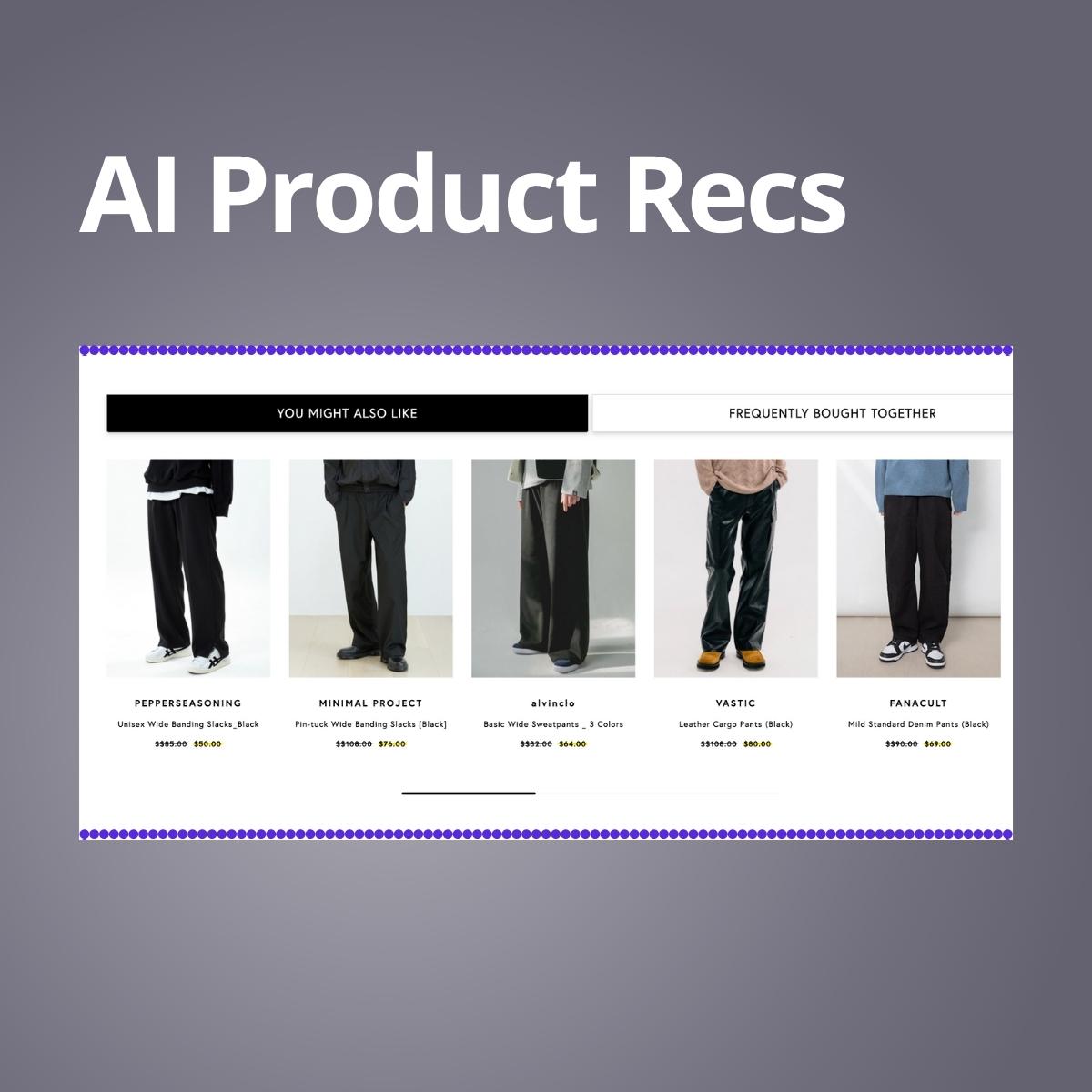
Product suggestions are a key way to keep Paul exploring, especially as he is open to discovering within a category. Paul can get a variety of product suggestions that are relevant to his personal preferences.
Bonus: ChatGPT Fashion Stylist:

Paul can use the ChatGPT Fashion Stylist to discover new styles and brands that he hasn't considered before. He can also filter by price, unlike other AI chatbots and stylists.
Best of all, he can use any language he wants to describe what he’s looking for, and always receive results–it’s like having a personal shopper. AI can create an interactive and helpful shopping experience.
AI can optimize every part of the discovery journey, for unique types of shoppers. From the moment that a shopper types in search to smart product filters to the Virtual Mannequin Filter to personalized recommendations, each AI discovery app is meant for a different part of the journey. For example, a shopper can start her search with text search and see suggested top trending products, or she can use the ChatGPT Fashion Stylist to start a conversation.
Are you looking for 5 quick tips on how to integrate AI into product discovery? Here’s our suggestions:
1. Optimize text search with AI- autocomplete, quick filters, popular trending items
2. Understand different users and how they interact with your website. By understanding user journeys, you’ll know better which discovery tools make sense based on your shoppers.
3. Use pre-built recommendation systems to provide personalized recommendations
4. Use AI to help users discover products in lesser-known categories
5. Highlight top-rated products, and seasonal products (use AI to promote products) to make the experience less overwhelming
YesPlz specializes in creating and integrating AI-powered discovery tools for retailers. We can help with any of the above, and optimize your eCommerce experience for any type of shopper, using AI.
Written by Jess Erdman
Content Marketing Lead
I'm passionate about creating cool content. The best part? I get to learn new things about fashion tech and ecommerce everyday. Have an idea or opinion about this article? Reach out at jess@yesplz.ai

Zilo x Fashion AI: A Case Study in eCommerce Transformation. See how Fashion AI powered Zilo’s eCommerce transformation—improving search, recommendations, and customer experience.
by YesPlz.AI

Struggling to get shoppers’ attention? Discover how to effortlessly optimize SEO, AEO, GEO for fashion product pages with AI-powered optimization.
by YesPlz.AI